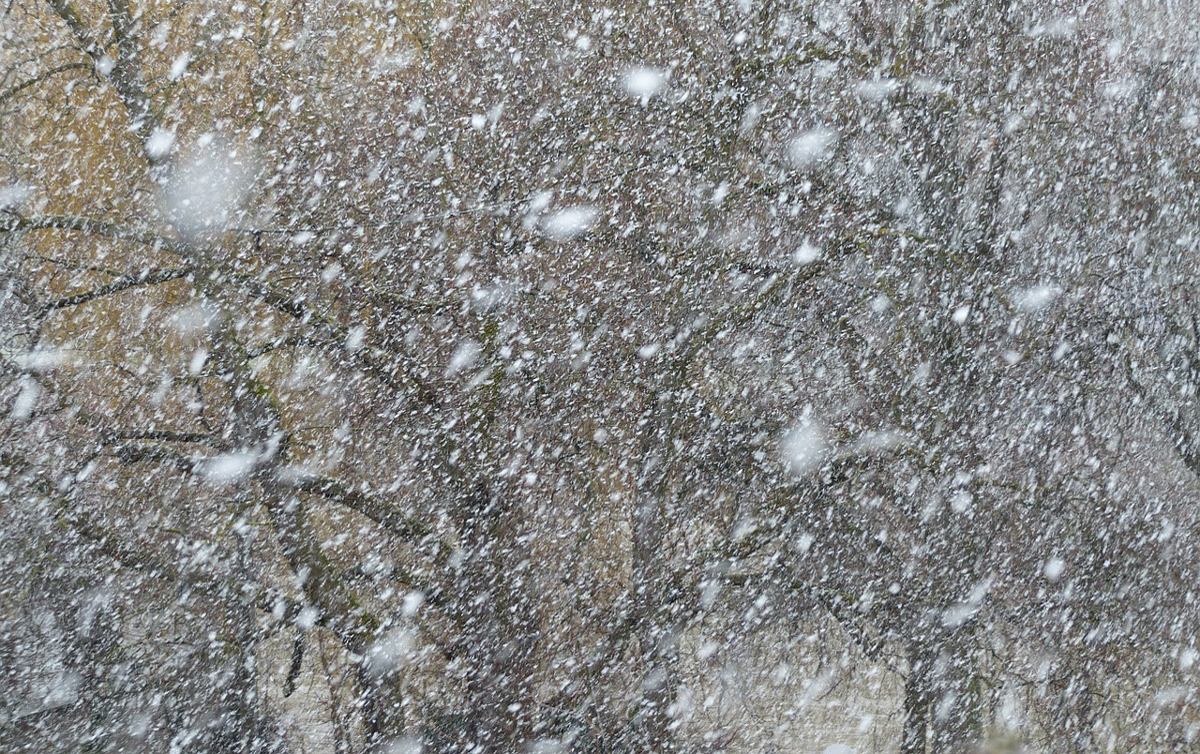
Tips for weathering winter storms
By Kathleen Riggs
The recent frigid Arctic air encompassing much of the midwest caused mass transit, businesses, and schools to shut down. It also was responsible for several deaths. If you were caught in such adverse conditions, unable to leave home because of a snow or ice storm or you were in your car stuck in a snowbank several miles from home, how would you fare?
The best tips for enduring winter cold and storms are be informed, be prepared, be cautious, and be a good neighbor. The Emergency Preparedness site has information for staying safe in a variety of emergency situations, including harsh winter weather. Consider these tips for weathering winter storms.
If you are under a winter storm warning, find shelter right away:
—Stay off roads.
—Stay indoors and dress warmly.
—Prepare for power outages.
—Use generators outside only and away from windows.
—Listen for emergency information and alerts.
—Check on neighbors.
Prepare now to stay safe when a winter storm threatens:
—Know your area’s risk for winter storms. Extreme winter weather can leave communities without utilities and other services for long periods of time.
—Help keep your home warm by having proper insulation, caulking, and weather stripping. Learn how to keep pipes from freezing. Install and test smoke alarms and carbon monoxide detectors with battery backups.
—Pay attention to weather reports and warnings. Sign up for your community’s warning system. The Emergency Alert System and National Oceanic and Atmospheric Administration Weather Radio also provide emergency alerts.
—Gather supplies in case you need to stay home for several days without power. Keep in mind the specific needs of each person, including medication. Do not forget to plan for the needs of pets if you have them. Have extra batteries for radios and flashlights.
—Create an emergency supply kit for your car. Include jumper cables, sand, a flashlight, warm clothes, blankets, bottled water, and non-perishable snacks. Keep the gas tank full.
Stay safe during a storm:
—Stay off roads if possible. If trapped in your car, stay inside. If you must leave the car, wear layers of warm clothing, and limit time outside.
—Avoid carbon monoxide poisoning. Only use generators and grills outdoors and away from windows. Never heat your home with a gas stovetop or oven.
—Reduce the risk of a heart attack. Avoid overexertion when shoveling snow.
—Check on neighbors. Older adults and young children are more at risk in extreme cold.
Recognize and respond to the following:
—Frostbite causes loss of feeling and color around the face, fingers and toes. Signs include numbness, white or grayish-yellow skin, firm or waxy skin. Go to a warm room. Soak in warm water. Use body heat to get warm. Do not massage or use a heating pad.
—Hypothermia is an unusually low body temperature. A temperature below 95 F is an emergency. Signs include shivering, exhaustion, confusion, fumbling hands, memory loss, slurred speech, and drowsiness. Go to a warm room. Warm the center of the body first — chest, neck, head, and groin. Keep dry, and wrap the body, head, and neck in warm blankets.
Be sure you have an alternative heat source and food and water storage. Preparation will increase your family’s confidence and ability to survive extreme winter weather conditions.
Kathleen Riggs is a Utah State University Extension family and consumer sciences professor.
Articles related to “Tips for weathering winter storms”
Winter sun safety: What to know about protecting yourself during colder months



